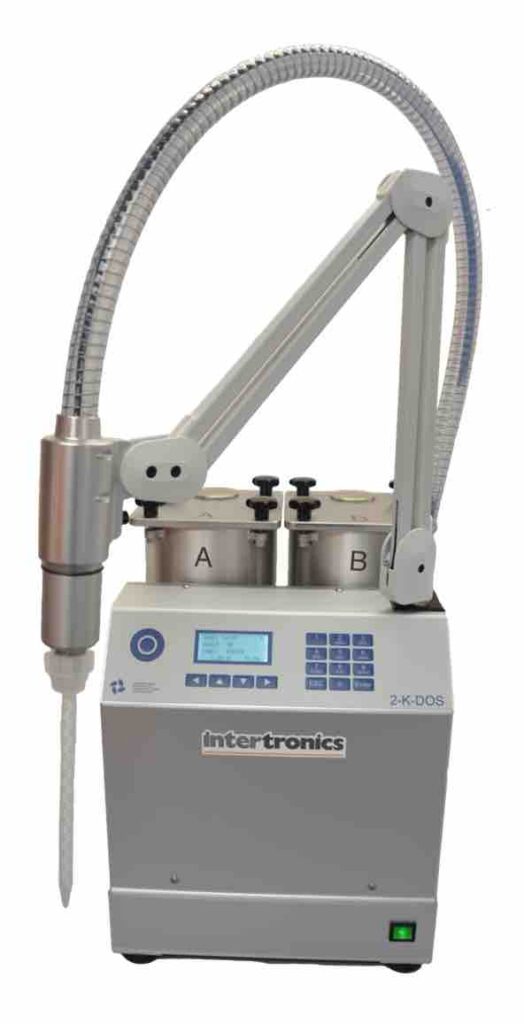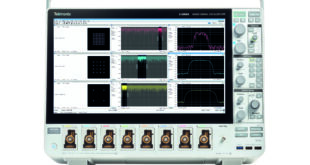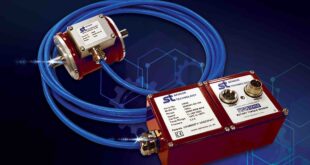To help electronics manufacturers prevent voids when potting and encapsulating, adhesives specialist Intertronics has produced a white paper.
Covering causes, storage, air removal methods, application methods, contamination and shrinkage, the comprehensive guide discusses all the common causes for voids and explains how they can be avoided or dealt with during the process. The white paper can be downloaded from the Intertronics website HERE.
Trapped air, or voids (which may not actually contain air), can cause failure in electronics assemblies whether they be micro-encapsulated wire bonds or large potted power supplies.

Voids can subvert the very purpose of the encapsulating polymer, by compromising thermal conductivity or electrical insulation.
Voids and delamination provide pathways for moisture or other contaminants, which can lead to short circuits or chemical damage. Bubbles in the polymer weaken its physical structure, allowing greater susceptibility to damage or cracking from physical or thermal shock.
“Formulators of multi-component adhesives, potting and encapsulation materials are careful not to supply products with entrapped air,” said Paul Whitehead, Strategic Accounts Manager at Intertronics. “Entrapped air in a mixed material is usually a processing issue. Voids can be caused by incorrect storage of materials, hand mixing of resin and hardener, not degassing a compound correctly, improper application, air saturation from pressurised feed systems, reaction with contaminants or shrinkage of the compound during cure.”
To help manufacturers identify and address these causes, the white paper discusses each step in detail, explaining what manufacturers can do to mitigate the risk.
For example, if a process friendly viscosity can be specified, it can simplify potting and encapsulating processes and allow easier mixing, self-levelling and self-degassing. It also discusses the benefits of different mixing equipment, such as planetary centrifugal mixers and the 2-K-DOS Metering, Mixing and Dispensing System.
 Engineer News Network The ultimate online news and information resource for today’s engineer
Engineer News Network The ultimate online news and information resource for today’s engineer





